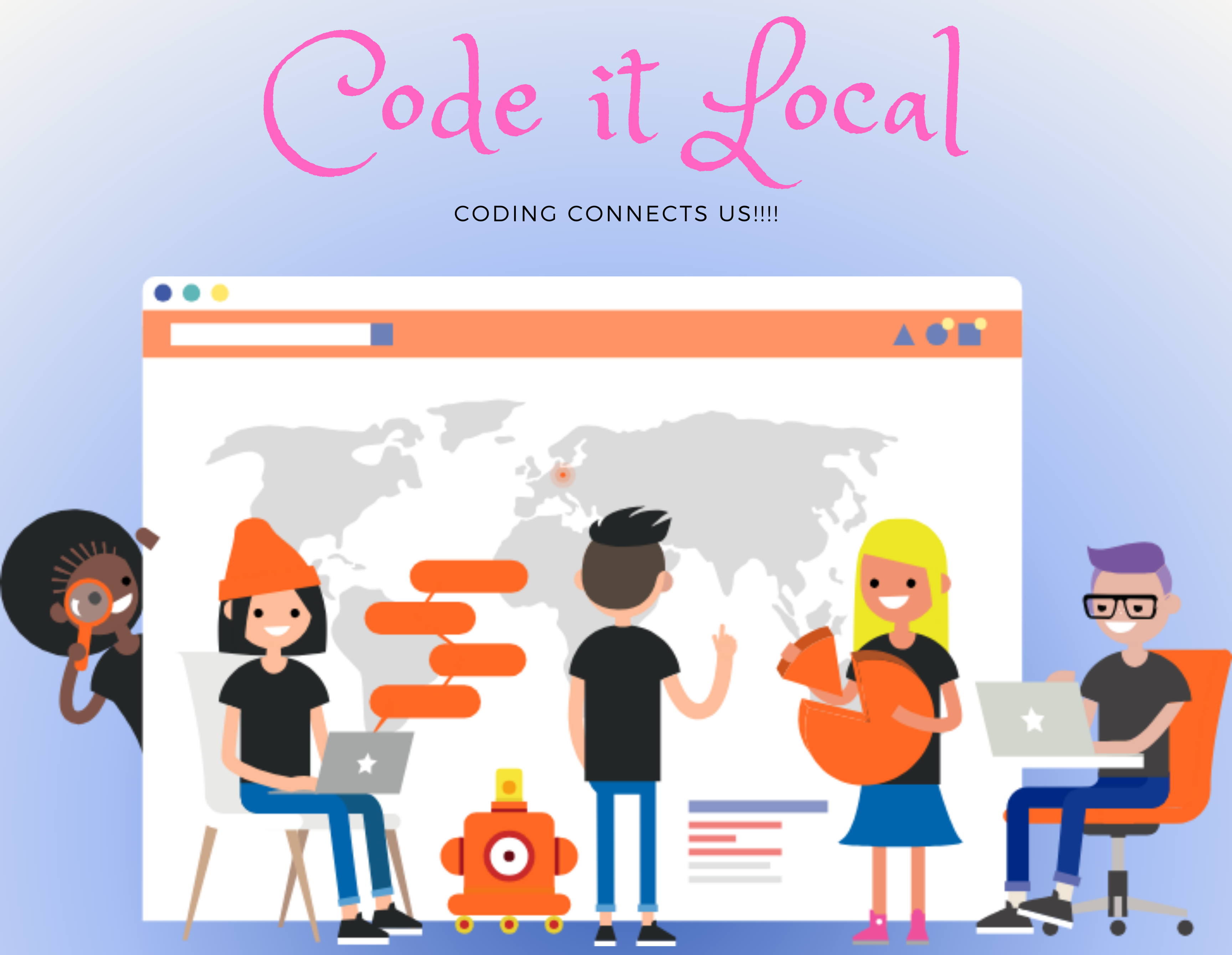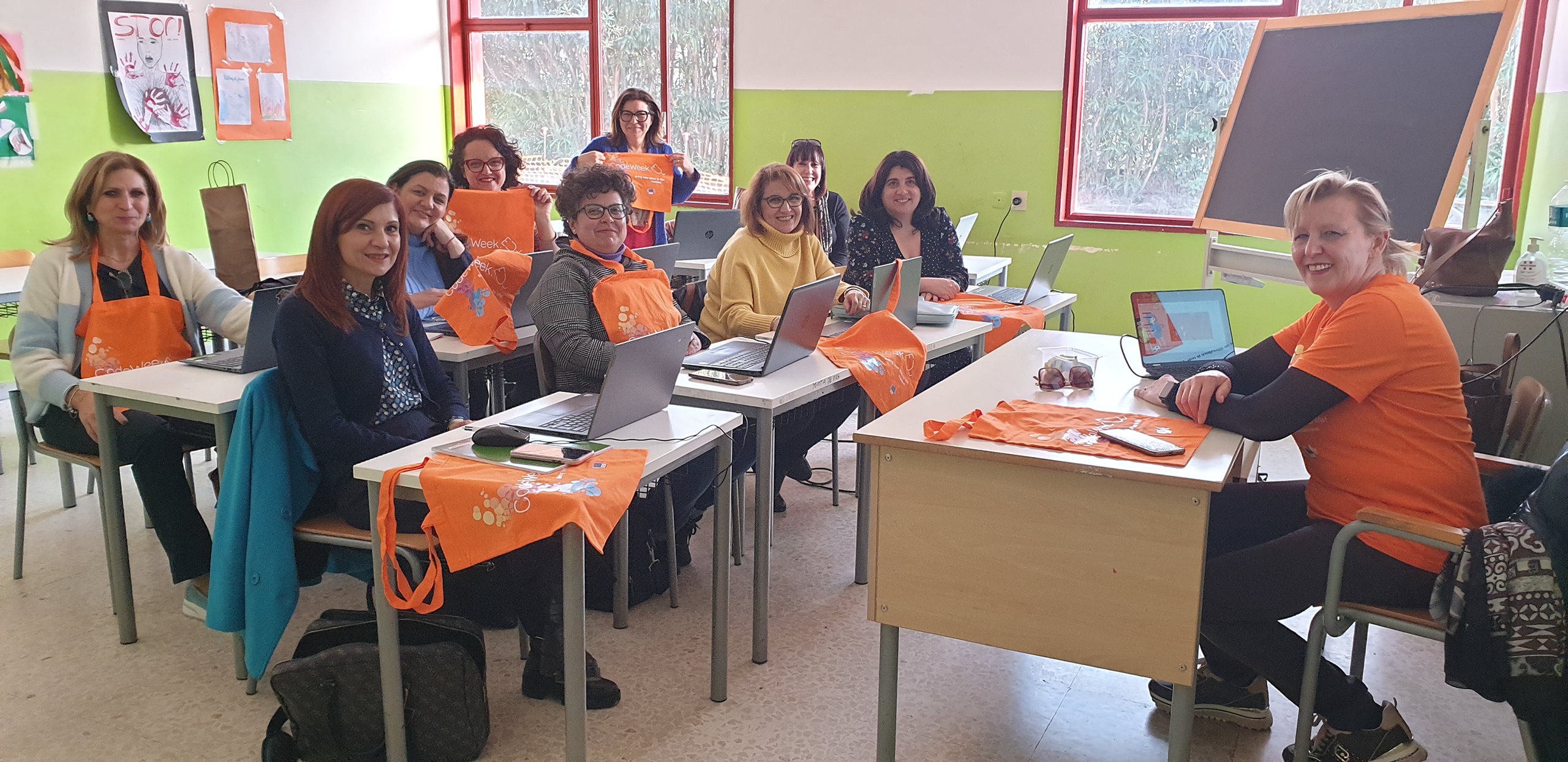The power of AR and VR-skills for the future
Publication date: October 27, 2022
By Ghenea Simona, EU Code Week Leading Teacher at “Elena Cuza” National College, Romania
The twenty-first century has seen the rapid development of augmented and virtual reality technology. My participation in the EU Code Week initiative with the idea to employ precisely this type of technology came as a logical response to society’s demand for schools to establish a curriculum centred on exploratory learning, which requires pupils to be actively involved in a situation in order to resolve it.
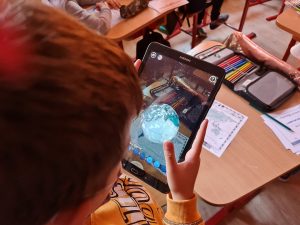
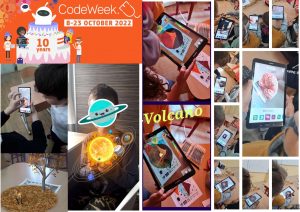
We began with the notion that teachers should incorporate new tactics and tools into classes for pupils to understand and, more importantly, retain what they learn over time. What better way to explain the solar system, the natural water cycle, or the human body than via virtual and augmented reality experiences in the classroom? As a result, we’ve observed a significant improvement in all areas of learning, and pupil motivation has grown.
I have enabled my pupils to build knowledge and essential skills by using the applications Quiver, Arloopa, 3DBEAR, CoSpaces, and others, motivated by the thought that it is critical to prepare today’s youngsters for future professions rather than current ones. Thus, in the activity “The power of AR and VR,” pupils discovered new facts about the solar system and specific planets using Merge Cube, and they even learned more about the structure of the Earth and the genesis of the seasons. Because the programme’s teachings featured the water cycle in nature, we recreated the course of water droplets with the help of 3DBEAR augmented reality (AR) and saw how easy it was for them to explain the process as the AR presentation progressed! What’s more, the human body and its internal organs become more interesting and much simpler to remember if we give children the opportunity to hold the brain, heart, skeleton, and so on in their own hands.
How has AR helped us understand more about animals? First, we examined the bees and summoned them in the classroom using the Arloopa app. We were able to investigate bee components and peer inside a hive. We also went dinosaur hunting using 3DBEAR and Quiver and learned more about foxes, birds, and the life cycle of the frog. The 3DBear app allows teachers and pupils to create AR models and stories that can be recorded and shared. Pupils can recreate historical scenes and model an ecosystem using Sketchfab’s model libraries, among other things. There are also ready-made lesson plans for educators. It’s astonishing how pupils become more attentive and interested, and we discovered that learning occurs over time. If I could, I would incorporate AR aspects into every class where I couldn’t show them a phenomenon in reality.
Because we studied Roman numerals in arithmetic and wanted to learn more about the Romans, the virtual reality (VR) glasses helped us to grasp how the Romans lived. Using them helps pupils to thoroughly immerse themselves in ancient locations and view historical monuments, seeing, describing, and experiencing everything as if they were actually there. More than any other learning method, the immersive experience motivates pupils to understand how people lived.
Today’s youngsters have the potential to become tomorrow’s innovators. I believe that introducing AR and VR technology into the classroom at a young age is important since innovation is the fuel that drives learning. The additional skills will help kids maximize their potential. The teacher who decides to incorporate new technology will act as a facilitator, creating a demanding learning environment in which pupils will master difficult subjects by exploring, simulating, and researching.
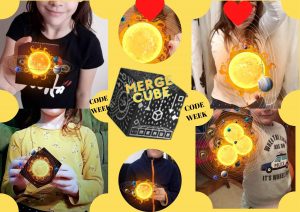
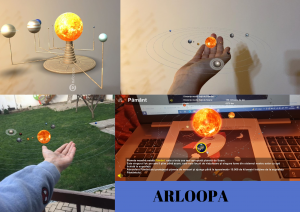
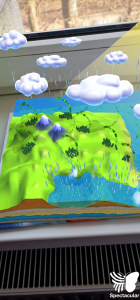
Mapping the benefits of introducing AR-based applications seems necessary to persuade more and more instructors of the importance of implementing it in the classroom. As a result, I’ll begin by describing the positive impacts that AR and VR have had in my classroom regarding cognitive skill growth. Experiential learning is one of the most effective learning methods, with studies showing that it can increase knowledge retention by up to 75%. AR and VR create unique learning experiences, long-lasting learning, and make pupils eager to learn new things. Another explanation for this is that 90% of information conveyed to the brain is visual.
The primary goal of integrating technology is to improve the teaching and learning process. AR is a novel educational tool. Pupils advance beyond the level of media literacy by using applications and digital tools in research, discovery, and application. They engage in active learning, always related to everyday life, where technology supports and facilitates their work.
Using AR enhances integrated teaching. For example, in a lesson on volcanos, I incorporated geography, arithmetic, science, chemistry, and the sounds and components of an eruption. Because the avatar explanations were in English, foreign languages were also engaged. Another feature is the huge improvement in pupils’ communication and collaboration, which fostered socio-emotional learning and influenced pupil well-being. They assisted each other in manipulating the cube and tablets and creating the various simulations. Another benefit is that learning becomes interactive, engaging, and motivating. Consequently, we urge you to create your own unforgettable experiences with kids and allow them to explore the world using AR and VR applications.
Four countries have joined our programme, and we have accelerated the implementation of sixteen tasks. We are growing, so don’t give up! Our book has all the necessary information, and we eagerly await your arrival! Thank you, Code Week! Happy Birthday!

